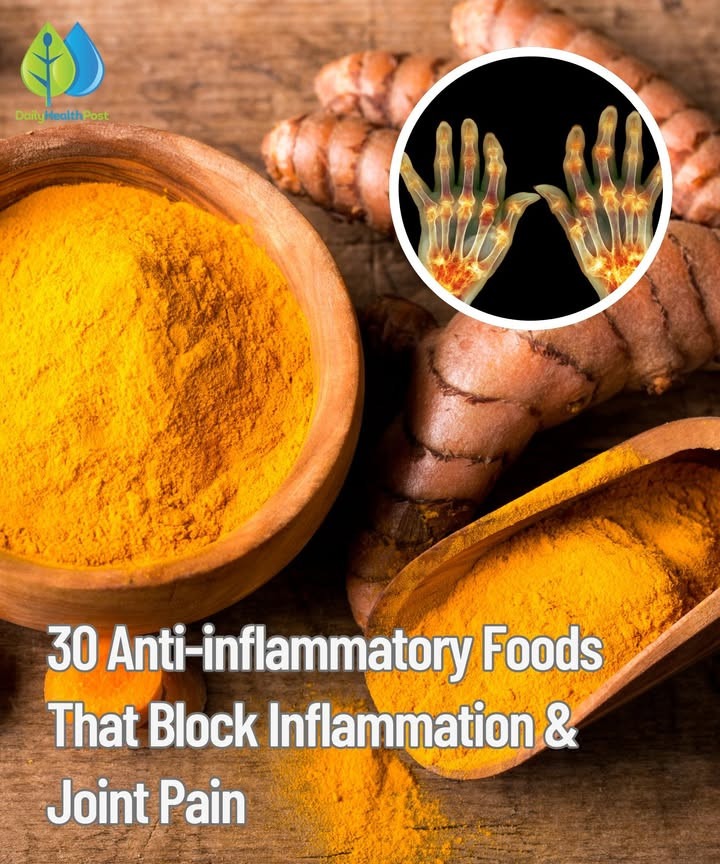This sweet, yet tangy fruit contains a slew of anthocyanins, which are powerful antioxidants that also give cherries their rich, red color. Anthocyanins block inflammation and inhibit pain enzymes in the same way as NSAIDs. A 2004 study at Johns Hopkins University shows that tart cherries can significantly reduce pain sensitivity and are even as effective as many conventional anti-inflammatory drugs (11).
Other studies reveal that the powerful anthocyanins in cherries are as effective as two of the most common NSAIDs used for inflammation. Researchers at Oregon Health & Science University even state that tart cherry juice may be a safer way to treat muscle pain and inflammation than OTC pain relievers (12). According to their study, athletes who drink 10½ ounces of cherry juice twice a day for seven days prior to a race have less muscle pain compared to those who do not.
4. Garlic
Garlic is a powerful anti-inflammatory that has been used for centuries to help ease a number of health conditions, including the pain and swelling of arthritis. Garlic contains antioxidants and a particularly potent sulphur-containing compound known as alliin. When raw garlic cloves are crushed, chopped, or chewed, they release alliinase, another powerful enzyme that converts the alliin into allicin, which is responsible for garlic’s characteristic odor, taste and powerful healing properties (13).
Studies show that allicin can help relieve the painful symptoms of arthritis. In fact, one study shows that taking 600-1200 mg of garlic extract that contains a minimum of 1-3 percent allicin, can effectively relieve arthritis pain when taken three times daily (14).
You can also simply add fresh garlic to your meals as much as possible. Eating just one clove of fresh garlic daily is enough to experience the multitude of health benefits it affords. Typically, fresh garlic contains 4 percent allicin. If using topically, look for a cream that contains 0.4- 0.6 percent allicin.
Advertisement
5. Beets
Beets are a vital source of betanin and vulgaxanthin, both phytonutrients known as betalains that have powerful antioxidant, anti-inflammatory, and detoxification properties.
Betaine is associated with lower levels of several inflammatory markers, including “C reactive protein, interleukin-6, and tumor necrosis factor alpha.”
The anti-inflammatory compounds in beets not only offer important cardiovascular benefits, but they also provide significant anti-inflammatory benefits (15).
You can add beets to your diet by simply grating them ucooked and adding them to salads or as a garnish for soups. You can also marinate steamed beets in fresh lemon juice, extra virgin olive oil, and fresh herbs for a tasty side dish. You can also get your fill of beets by juicing them, which is delicious as well as highly nutritious.
6. Salmon (Wild-Caught)
Salmon contains eicosapentaenoic acid (EPA) and docosahexaenoic acid (DHA). These omega-3 fatty acids are shown to help prevent or reduce inflammation and lessen the pain and swelling caused by arthritis. Studies show that people who eat fish high in omega-3s regularly, are less likely to develop RA. As well, for people who already have arthritis, omega-3s from fish can help to reduce joint swelling and pain (16). You should eat two servings a week (3.5-ounce portions) of fish to experience the many benefits of omega-3 fatty acids. You can also take natural fish oil supplements.
7. Broccoli
